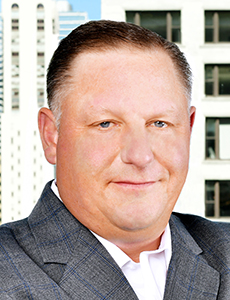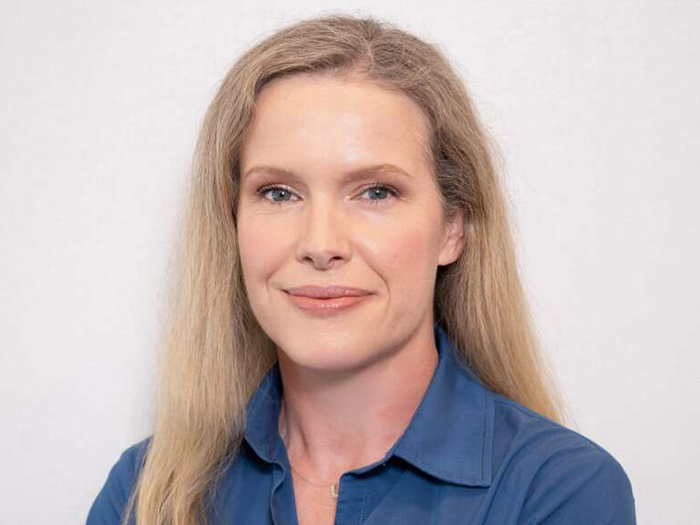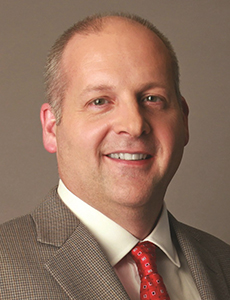Sponsored Content by QBE
Navigating a Complex Financial Lines Market

The financial lines insurance market is growing increasingly intricate and complex to navigate due to a range of factors, including heightened cyber risk, event-driven litigation, derivative litigation, regulatory expansion, and many other factors. Rate increases over the last few years have helped address long-term price inadequacies, but many established insurers in this $40 billion to $50 billion market remain cautious.
“Insurers that previously offered $20 million to $50 million limits are now putting up $5 million,” said Tom Fitzgerald, President, Specialty and Commercial at QBE North America.
“As a result, building large towers has become much more complicated. You need many more insurers to complete a tower. Ensuring language consistency is important for all constituents. This trend, along with an increasing rate environment, has created opportunities for other markets.”
The market for directors and officers (D&O) risk provides a good example. Three years of rising rates have attracted new market entrants, principally from Bermuda, that aren’t burdened by under-reserved legacy claims. Additionally, it appears frequency trends have muted as Covid 19 has caused litigation to be deferred.
These new market entrants, mainly in the upper layers of towers, have caused rate increases to begin tapering. As courts reopen and tackle the case backlog from the pandemic, the industry may need to push for further rate adequacy. By the end of 2022, we should start to get a clearer idea of how the reopening of the courts will impact the market, Fitzgerald said.
“D&O claim frequency will likely remain flat in 2022,” said Fitzgerald. “As accident years 2015 to 2019 come into sharper focus, underwriting performance will likely be challenged, causing markets to reconsider the current rate environment. Covid will only make these decisions more complicated.

Tom Fitzgerald, President, Specialty and Commercial, QBE North America
Special purpose acquisition companies (SPACs) present one of the biggest challenges, but also opportunities for technical underwriters, particularly in the public sector. Pricing and risk selection is difficult, since a SPAC’s business model is to raise money publicly prior to identifying a target acquisition. Additionally, SPAC investors rely on future looking statements that may or may not come to fruition. Consequently, few insurers are willing to write coverage despite a sizable business opportunity.
“When we evaluate a SPAC opportunity, we focus heavily on the experience of sponsors and other key players, the transparency and due diligence of the process, and the predictability of the earnings stream, among many other factors,” said Fitzgerald.
Perhaps no coverage area in the financial lines market has drawn more attention than cyber. The rise in ransomware and resulting claims has driven many insurers to drastically reduce capacity and limits or leave the market altogether.
“Insurers are now writing exclusions into their policies to limit ransomware coverage since it has become such a big problem,” said Fitzgerald. “Some simply won’t write the coverage anymore.”
With growing demand and shrinking supply, it’s no surprise that rates continue to rise. They’re up between 20% to 50%, particularly in excess layers.
“To secure coverage in today’s threat environment, companies must make cyber security a top priority and employ all the latest techniques to thwart attacks,” said Fitzgerald.
“Insurers are becoming increasingly vigilant in evaluating preventative measures to assess and price cyber risk and incorporate it as part of an overall risk management program.”
Another area that has come to the fore is environmental, social and corporate governance (ESG). As firms are increasingly held accountable for their environmental and social impact and corporate governance practices, claims frequency is expected to increase.
“ESG is mentioned in almost every 10-K filing and is top of mind for all companies,” said Fitzgerald.
“Activist investors are becoming more aggressive in looking for discrepancies between companies’ ESG promises and actions, raising the potential for claims. Therefore, underwriters must pay more attention to these company declarations and stay alert to claims trends as they develop.”
Other emerging growth lines are employment practices liability (EPL), fiduciary, crime and contingent liability. Fiduciary liability rates have risen by high single digits because of increased claims alleging excessive retirement plan fees and investment manager imprudence. Premiums for crime have increased too.
Given the complex and multi-dimensional nature of the financial lines insurance market, it has become essential for insurers to mine and analyze data to improve risk selection and pricing. This capability benefits insureds, too, as they press insurers for better rationales for their decisions in a volatile rate environment.
“We’ve invested heavily in technology to improve our data and analytics capabilities, and even more importantly, we’ve invested in the expertise of our team,” said Fitzgerald. “As financial lines risks have grown more complex, the need for specialization has also grown. Our broker partners and customers want to know they’re working with highly experienced professionals who have the tools and skills to make data-based decisions specific to their situation.”
As a global insurance leader and a premier choice for financial lines solutions, QBE boldly expanded its team in 2021 to further strengthen its position in the market. The expansion supported QBE’s strategy to write more primary and low excess layers of coverage instead of mid and high excess layers.
“QBE wants to become a more relevant partner to our brokers and customers,” said Fitzgerald. “That means having a broader risk appetite that’s aligned with our underwriting expertise, experience and data. It also means devoting our capacity and expertise to a relatively small number of brokers who are the top professionals in the market. We call it a ‘limited and preferred’ distribution strategy.
This distribution strategy makes it easy for broker partners and customers to access all levels of the QBE organization, including senior management. In addition to underwriting, the claims team will often work with brokers and customers at the outset of a program to discuss emerging risks and how the policy will respond. The product development team is also readily available to discuss and craft customized policy endorsements when needed. This responsiveness adds to QBE’s competitive edge.
Looking ahead, Fitzgerald believes the financial lines insurance market will continue to address an expanding array of risks and demand increasing levels of partnership between insurer, broker, and customer.
“As the pace of change always seems to accelerate, you can’t overestimate the aspects of a strong partnership – such as planning together, transparency and good communication – to identify and mitigate emerging risks. That’s especially true in financial lines insurance.”
To learn more about QBE’s financial lines proposition, visit qbefinancial.com.
![]()
This article was produced by the R&I Brand Studio, a unit of the advertising department of Risk & Insurance, in collaboration with QBE North America. The editorial staff of Risk & Insurance had no role in its preparation.
The views and opinions expressed herein are those of the author and do not necessarily reflect those of QBE Holdings, Inc. or its subsidiaries, business units or affiliates.










